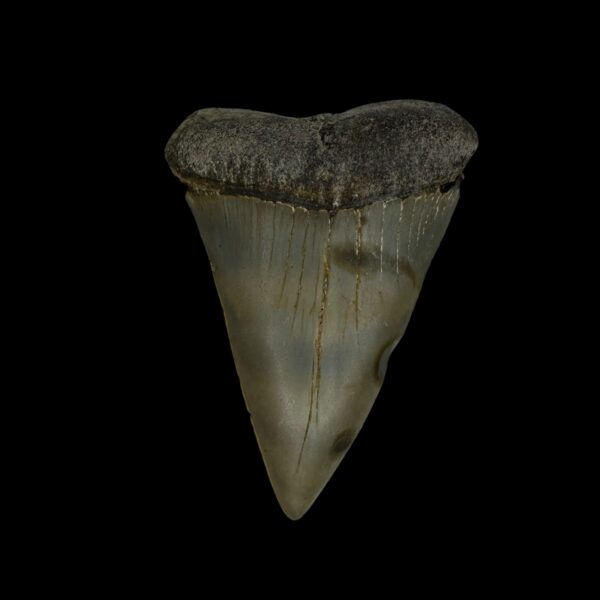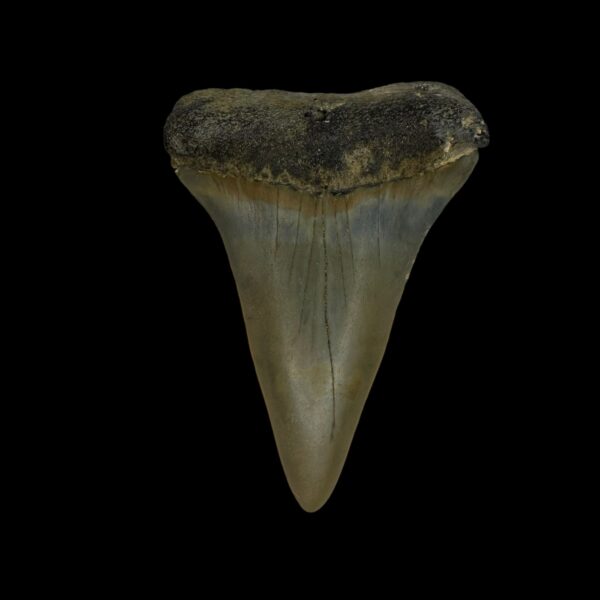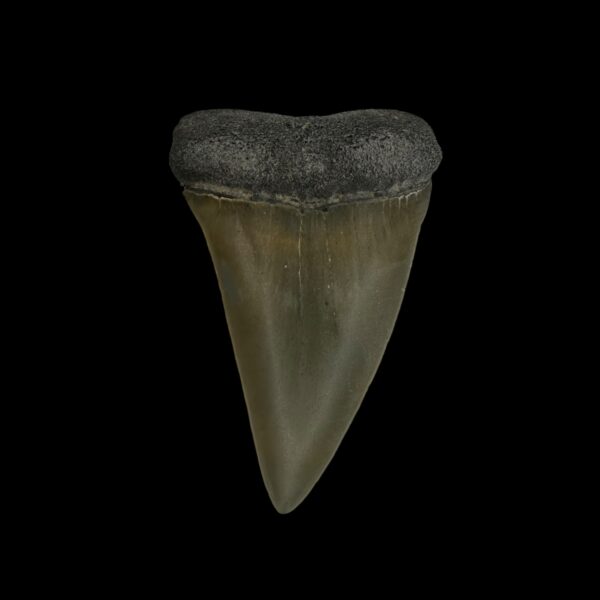🦈 Insider Look: 5 Proven Science Secrets to Date a Megalodon Tooth Fossil
Introduction
A Megalodon tooth fossil is a relic from one of the largest predators that ever lived. But how do scientists know whether a tooth is 2 million or 20 million years old?
In this ; we’ll explore 5 Proven Science secrets experts use to determine the true age of these fossils. By understanding these methods, collectors and enthusiasts gain a deeper appreciation for the science behind their pieces—and confidence in their authenticity.
Why Dating a Megalodon Tooth Fossil Matters
Dating fossils is not just about numbers—it’s about accuracy, trust, and preserving scientific history. Knowing the age of a fossilized Megalodon tooth helps paleontologists place the giant shark in its evolutionary timeline.
According to the Megalodons lived roughly 23 to 3.6 million years ago. Identifying where a specimen fits in this window helps both scientists and collectors verify authenticity.
Science Secret #1: Geological Layer Analysis
One of the most Proven science methods is studying the rock layers where a fossil is found. These layers, called strata, act like Earth’s history book. If a prehistoric shark tooth is discovered in a specific layer, its age can often be estimated based on the known period of that formation.
💡 Insider Look: In North Carolina, where many authentic Megalodon teeth are recovered, fossils are often dated to the Miocene epoch using this method.
Science Secret #2: Radiometric and Isotope Dating
When minerals form around a tooth, they sometimes contain radioactive isotopes. By measuring their decay, scientists apply Proven techniques such as Uranium-series dating.
This method is valuable when direct evidence from geological layers is missing. According to USGS Fossil Research, isotope dating has been key in refining the timelines of marine fossils.
Science Secret #3: Fossil Color and Mineral Composition
A surprising but practical at dating comes from fossil color and mineralization. Fossils buried in iron-rich sediments often appear orange or brown, while those in phosphate-rich environments turn black or gray.
Although not a precise clock, coloration offers Proven indicators of burial conditions and relative age. For collectors, this is a quick way to estimate authenticity before deeper testing of a Megalodon tooth specimen.
Science Secret #4: Shark Evolution and Tooth Morphology
The shape of a Megalodon tooth reveals not just the shark’s size, but also its age. Over millions of years, tooth morphology evolved. Early Miocene teeth are smaller and more curved, while later specimens grew broader with thicker enamel.
This evolutionary science helps paleontologists build accurate timelines and provides collectors with another Proven method of identification for their ancient shark fossil.
Science Secret #5: Comparative Analysis with Other Fossils
Dating a fossil often requires comparison with other species found in the same layer. If mollusks or microfossils with known ages are present, scientists can cross-reference timelines.
Comparative science allows for greater accuracy, especially when combined with other Proven methods.
Common Misconceptions About Fossil Dating
❌ Myth 1: All black teeth are millions of years old.
➡️ Reality: Color depends more on minerals than exact age.
❌ Myth 2: Bigger teeth are always older.
➡️ Reality: Size reflects the shark’s growth, not necessarily the fossil’s age.
❌ Myth 3: You can date fossils with carbon-14.
➡️ Reality: Carbon dating only works for fossils up to ~50,000 years old—not millions.
Final Thoughts & Where to Find Authentic Megalodon Teeth
The science of dating a Megalodon tooth fossil combines geology, chemistry, biology, and expert knowledge. Thanks to these 5 Proven Science secrets, collectors and researchers can feel confident about authenticity and age.
👉 Want to own a piece of this prehistoric puzzle? Browse our Megalodon Tooth Shop for fossils professionally recovered and preserved with Expert Care.




